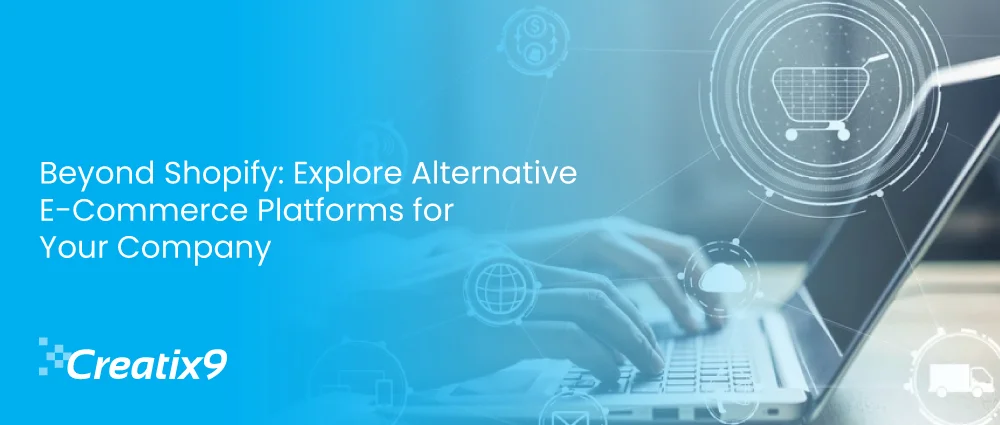
You are a retail business owner and doing well in the industry—good sales, a performing retail store, and timely delivery of your product from the distributors.
Or, you are a B2C/B2B seller who has decided to start your business journey with a digital platform and thinks that you should go for a resourceful e-commerce platform instead of creating a website from scratch.
You may also be a service provider, such as a consultant, freelancer, or agency, and want to sell your services.
Or even an artist who wants to show and sell your creativity.
Well, where do you belong? Getting an e-commerce platform comes with many options.
Among them, Shopify is rated the best. However, if we look carefully, multiple alternative options besides Shopify can give you resourceful features in your e-commerce website development.
Such a platform comes with a suite of services for online retailers, such as multiple digital payment options, marketing to shipping, a customer engagement tool, and much more.
If you need assistance with e-commerce website development services, many of these platforms offer strong support options and access to third-party developers who can help you optimise and customise your online store to its fullest potential.
So, in this blog, we will familiarise you with these alternative e-commerce platforms.
But first, let’s look at what ecommerce platforms actually are.
What is an ecommerce platform?

An e-commerce platform is basically software or a digital tool that operates as an online store. Retailers, service providers, artists, and B2B sellers can benefit from it. Here, they can market, maintain the stock, and give payment options to clients for e-commerce trading.
The most resourceful e-commerce platform provides features where merchants can design and have highly unique e-commerce website development.
You can perform online business management very successfully with the changing market trends.
The 10 top ecommerce platforms besides Shopify
Wix

First comes Wix, an easy-to-use tool for e-commerce website development that includes web hosting, domain registration, and templates that can be changed to fit your needs. Users, with its drag-and-drop interface can simply make simple websites free of cost. But, for an e-commerce features, you needs to move to paid plan.
Wix makes it easy for online stores to accept payments, keep track of orders, and handle orders across multiple channels. However, it lacks some important inventory management features, like low-stock alerts, so you have to use other apps to compensate for these deficiencies.
Wix has some cons. However, it has a free basic plan and a fully hosted solution, so businesses of all kinds can use it. Advanced tracking and analytics features, on the other hand, are only available to paid users. Also, sites aren’t transferable.
Wix’s Business Basic plan starts at $27 monthly if you pay for it all at once. Third-party apps like Ecwid allow Wix to connect to sales channels like Facebook and Instagram. However, its mobile app has few business tools, like inventory management, and you need a different app for mobile point-of-sale.
Wix is a user-friendly website builder with a bundle of e-commerce features. However, businesses may need to add third-party apps to circumvent some of its limitations.
Adobe Commerce
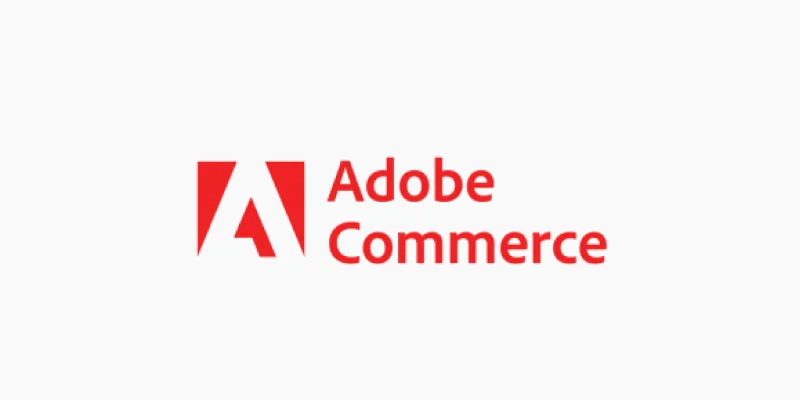
Are you looking for an e-commerce tool that developers can use? Welcome to Adobe Commerce. Adobe Commerce gives brands that want a customised e-commerce website development set up a lot of options. You get the most out of it; you’ll need an in-house writer to keep it up to date and improve it.
Adobe Commerce lets you create your own store designs, but it doesn’t include tools for making multichannel plans work well together. You can’t just use social commerce and marketplace selling tools right away, and it can be hard to handle foreign transactions without extra setup.
Adobe Commerce is good at letting you create your own store designs. But it’s not great at hosting, being easy to use, or integrating sales channels. Pricing is flexible, and while it works with Amazon, the mobile app doesn’t have many features. Third-party add-ons are available for point-of-sale features.
BigCommerce
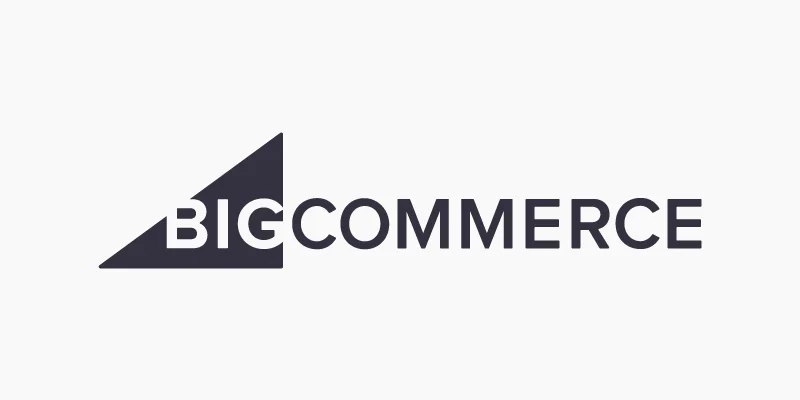
BigCommerce is made for bigger businesses and offers fully managed solutions and powerful management tools for big companies. But some sellers don’t like how hard it is to use its design tools, so they look for alternatives.
One big problem with BigCommerce is that it lacks a built-in point-of-sale (POS) system. It can be very important for companies that have stores. People also think the platform’s themes are pricey compared to other options.
Even though it has some problems, BigCommerce works with many sales outlets, including Google Shopping, Facebook, eBay, Amazon, and Instagram. This lets merchants reach more people across many platforms without any problems.
Viewing data, updating orders, managing inventory and products, and searching for customers are just some of the important features of BigCommerce’s mobile app. It is important to know that some functions can only be used on Android devices.
BigCommerce plans start at $29 a month if paid yearly, making it a good choice for companies that want full e-commerce solutions.
Your online business needs updation, so are you ready for it? Get our e-commerce website development services with complete trust to integrate with top sales outlets, healthily manage orders, and much more. Contact us now!
Big Cartel
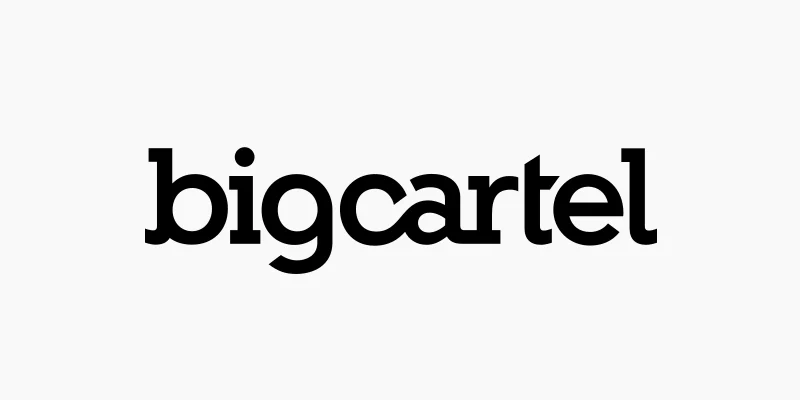
Big Cartel is a platform made just for artists and makers. It offers a fully hosted e-commerce solution and a website builder. Its free plan comes with basic features like changing themes, processing payments, and monitoring sales in real-time.
The extra features in Big Cartel’s free plan make it stand out from other free choices. However, its paid plans have some restrictions. For example, each product ad can only have five images, and it only works with a few payment gateways.
Prices depend on the number of products you add, so as your business grows, so do your costs. This is different from Shopify, where costs stay the same.
Pros include how easy it is to set up and how you can start selling for free, emphasising artists and creatives. However, there are some problems, like not having many ways to customise it and not having many advanced e-commerce tools.
With Free plans, you can list and trade up to 5 items, and at $9.99 per month paid plans start.
There are no integrated sales channels, and the mobile app has useful tools like store analytics and order management. However, it must be combined with a third party to work as a point-of-sale system.
WooCommerce
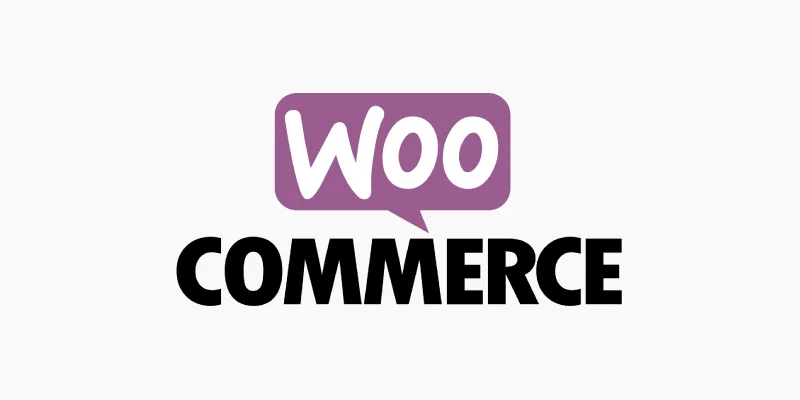
Instead of being a separate platform, WooCommerce is a free add-on for the WordPress blogging tool. This tool turns a typical WordPress site mostly about content into a fully functional online store with a shopping cart, checkout system, and a list of products.
You can add paid extensions to your WooCommerce-powered store to make it more customisable and add extra features like themes, shipping choices, and security measures. There are many official WooCommerce plugins and third-party ones to choose from.
For some users, being able to pick and choose the features they need is great. However, plugin dependence on add-ons is problematic for others. It can be hard to keep track of all the costs associated with multiple plugins, hosting, and maintenance of a WordPress site.
WooCommerce only works on WordPress sites. It is self-hosted, where users manage their hosting. With these plugins, you can connect with many online stores, like Google Shopping, Etsy, and eBay, although sometimes the connection causes issues.
On the plus side, WooCommerce has many experts and developers. They support each other and perform best for the platform improvement.
WooCommerce has a mobile app feature for managing goods, orders, and analytics and a native point-of-sale (POS) transaction system.
The basic WooCommerce plugin is free. However, it charges more for website hosting and other commerce features. It is for WordPress sites only. Merchants must handle the costs and difficulties of multiple plugins.
Square Online

Square Online, or Weebly, is an easy-to-use e-commerce platform for SMEs. It allows you to easily combine in-store and online sales with Square’s payment processing services.
With Square Online, stores can open an online store for free. However, to use custom domain names or eliminate in-app ads, you must upgrade to the paid business plan.
The designs for the stores are for mobile phones since most people shop there these days. Also, Weebly gives businesses a full, free version for testing.
Square Online is easy to use and has a few advanced e-commerce features—it is best for people who already use Square Payments.
You can start with the free plan, while paid plans start at $29 monthly when billed yearly.
Square Online does not have any integrated sales platforms.
The mobile app features has an order fulfilment, drag-and-drop builder, and inventory management, payments. This gives merchants all the tools for the on the go of their online business.
Also, Square Online works perfectly with the Square Point-of-Sale (POS) system. Buyers can easily process transactions both online and in-store.
Volusion

Volusion exist since 1999 and is one of the first e-commerce systems. It’s mostly for small businesses that want a simple online presence. Its strong support system makes it easy for users to set up a homepage and product pages. It also works with over 30 payment methods without any problems.
Volusion has some problems, even though it has been around for a long time and is easy to use. Notably, there is no free plan, and the site doesn’t let you sell digital items like music or ebooks—problematic for firms that offer various products.
Also, Volusion delivers 24/7 customer service and an easy-to-use website builder that experts of all technical levels can use. However, its basic plan has fewer options than others and can be pricey.
Users should also be aware of the plan’s limits, such as the limits on the number of products and sales. Some businesses may also have trouble because there isn’t free SSL protection and support for digital product listings.
Plans start at $31.50 a month if paid a year in advance, so businesses must compare their needs to the available features.
Even though Volusion doesn’t have built-in mobile apps or sales channels, it does offer a point-of-sale option as an add-on. It gives businesses with real stores more options.
Squarespace
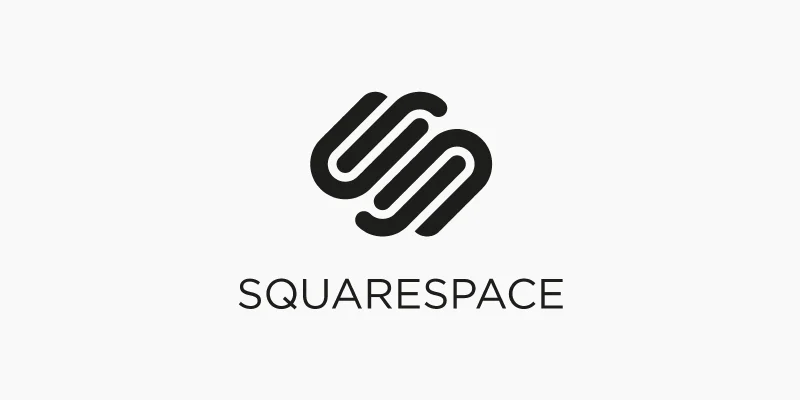
Just like Wix, Squarespace lets you easily work on e-commerce website development with a drag-and-drop system. Better plans enable you to do business online.
If you pay extra, Squarespace will turn your website into a virtual store with checkout system that works with PayPal, Stripe, Apple Pay, and Afterpay. There are also tools for managing inventory, such as printing shipping labels and selling subscription items.
The site has professional-made templates, and there are no transaction fees. But it’s not really made for e-commerce. It doesn’t have much support for sales through multiple channels, and it can be hard to change a theme’s CSS and HTML.
Squarespace’s Basic Commerce plan costs $27 per month if you pay for it all at once. It also comes with the Shopping Feed app, which lets you sell as many items as you want on Google Actions, Amazon, eBay, and Etsy.
Squarespace also has a mobile app that lets you update your website, scan shipping labels, manage orders and inventory, and talk to customers quickly.
Shift4Shop
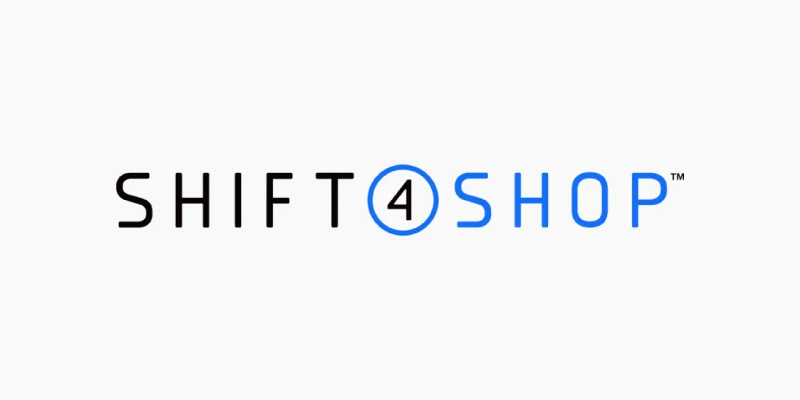
The Shift4Shop platform makes it easy to set up an online store. It works well for mobile users. It has a few advanced features. But it makes up for it by being easy to set up and letting you connect it to other apps through an API.
Shift4Shop’s payment system doesn’t charge you anything extra if you process at least $500 in monthly transactions. Plans start at $29 per month, though, if you want to make less money or use PayPal.
The pros include a total shopping cart solution and free entry for people using Shift4Shop checkout. On the other hand, it’s not as easy to customise as Shopify and has fewer advanced commerce tools.
Plans that cost money start at $29 monthly and let you connect to eBay, Amazon, and Facebook. It’s too bad it doesn’t have mobile app features, but you can buy point-of-sale features that do.
OpenCart
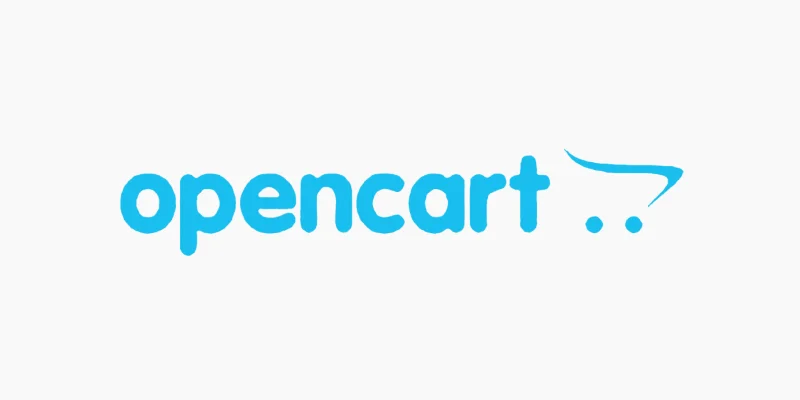
OpenCart is an open-source and free shopping cart system. You can easily set up online store and run multiple shops. It has a dashboard showing essential metrics like sales and repeat customers.
Over 13,000 modules and free themes are available, giving users many ways to make their websites look the way they want them to. OpenCart comes with multiple connections which helps to easily connect with other tools.
It has a lot of customisation options and an easy-to-use layout. However it also has some problems. OpenCart might not have as many advanced marketing and sales tools as its rivals.
Another thing that might be hard for some users is that it is a self-hosted website. Despite these problems, OpenCart is still a good option for people who want a free and flexible e-commerce solution.
Types of ecommerce platforms available
You can ensure that everyone can get to your online store, and you need a server service. With this method, the information on your website is stored on a server, so anyone on the internet can visit your site and look at its content.
Every website needs to be hosted, which means that it needs the computer space of a service provider. Some e-commerce platforms holds built-in hosting, as for others, you have to use open-source hosting or self-hosting.
Hosted platforms
Hosted platforms offer integrated hosting, eliminating the need for each single hosting need. These systems make updates easy by doing them automatically, so your site stays up to date without any work on your part. This way, you can focus on running your firm rather than upsetting about hosting issues.
Self-hosted platforms
With a self-hosted platform, merchants must either manage their own server room or rent space from a hosting company since merchants are in charge of updates, upkeep, and bug fixes. You need help managing a website. Also, self-hosted platforms often have extra costs for server services. It may have different levels of prices and limited customer service.
Over server management, self-hosted platforms provide you high control authority but may cost more and require more resources. Hosted platforms are easier to use and update automatically.
Advantages of cloud-hosted vs. self-hosted
Cloud-hosted solutions make it easier to run an e-commerce platform. Your online store always works because it uses the most up-to-date software, built-in security measures, and automatic changes.
On the opposite part, self-hosted ecommerce platforms give you complete freedom to change and manage your online store however you want. You decide how the service is set up. It lets you easily switch servers, make changes to the code, and set up your store the way you want.
However, this freedom requires careful hosting control. You are now responsible for keeping customer info safe and fixing technical problems.
Are you ready to take your business online? Creatix9 can provide technical support for e-commerce website development while you work on building your brand.
Whether you prefer the ease of hosted platforms or the freedom of self-hosted options, our digital agency can accommodate you.
Reach out to us immediately to improve your online profile and start selling without trouble.
Feature Checklist For Evaluating Ecommerce Platforms
Picking the right e-commerce platform is very important for the growth of your business. There are many choices. But it’s essential to make sure that the one you make fits the needs and goals of your business.
When making your choice, here are some essential features to think about: –
Online and offline selling options
Your e-commerce platform should support both online and offline sales methods. You also need a physical point-of-sale (POS) system that works with your online shop. Consider the available POS devices. Does the platform provide its hardware, or do you use options outside it? Make sure there are easy ways to pay at pop-up events, market stands, and cell phones.
Safe, reliable checkout and payment gateways
Ensure your e-commerce site’s checkout process is safe and quick. For transactions to go smoothly, you need payment platforms you can trust. Shop Pay, for example, makes checkout much faster.
Business and financial management
To make running your business and managing your money easier, choose an e-commerce platform that lets you report and analyse sales, calculate taxes, and connect easily with accounting software.
Hosting environment
Choosing the right hosting service affects the cost of your website, how well it works, and how safe it is. Choose a dependable host to ensure your site is always accessible, loads quickly, and is safe from online threats. Some platforms include hosting. Self-hosting gives you more freedom and control, but it also comes with more technical and security difficulties.
Marketing and customer growth tools
You can complete a marketing plan with SEO tools, email marketing, social media interaction, and customer review features. You can help your brand grow and keep people interested by spending money on advanced features like reward programmes, personalised suggestions, and customer segmentation.
Security

Put security first and take strong steps to protect your business’s and customers’ info. For safe payment processing, ensure you have SSL certificates and two-factor authentication and that your site meets PCI DSS requirements.
Inventory management and shipping
With your e-commerce website development approach, you can easily keep track of your stock, suppliers, and reordering processes. Look for solid shipping options, such as the ability to integrate delivery services, give customers a choice of shipping options, and make the return process as easy as possible.
Support

Check out how helpful the e-commerce platform’s customer service is.
You can search for platforms with 24-hour support options via diverse channels or weekly via email, phone and live chat.
Self-help resources, like knowledge-based articles or tutorials, can greatly help.
Look for a site that can develop new products according to the latest industry trends. Your e-commerce platform should help your brand grow and expand and provide website services.
Does an online e-commerce business need a re-branding? Trust our exclusive e-commerce website development services in the UK.
Creatix9 can give strong security features, 24/7 support, smooth online and offline interaction, and much more for your platform to work and give your brand the tools it must in this challenging market.
Arrange an online meeting with us.
Business Requirements When Selecting an E-commerce Platform
When picking an e-commerce platform, it’s important to consider both your business wants and costs. The budget is big; it starts at $100. But you can expect to spend more—around $40,000 in the first year—with only 9% set aside for online needs. Choosing a platform that works for your business, on the other hand, can help you get your money back and make more.
Assess the Cost
Look at all the prices, not just the setup and monthly fees. Consider how much it will cost to process payments, integrate, and help customers if needed. If hosting costs aren’t already included, they should be.
Think about the future business plans
As your small business grows, it’s important to consider its future. Having clear goals is important even if you’re not trying to become famous worldwide.
Point-of-sale (POS) systems may be hard to connect to a limited ecommerce platform if you want to open an actual store as part of your business. This split method could lead to mistakes in managing inventory between online and in-person sales.
Many businesses get their start-up money from personal savings or friends and family. However, these methods can put a strain on personal relationships and come with their risks.
Ensure a Suitable business model
Ensure the platform works with how you run your business, whether you sell physical or digital goods or use drop shipping. Several of the platforms we discussed above have various apps that can help different types of businesses run more smoothly, like print-on-demand or membership services.
Conclusion
When people compare shopping online, they often forget why they chose a site. Remember that there isn’t a single best choice. Instead, you should focus on finding the site that will give your customers the best e-commerce experience and make shopping online feel easy.
Think about more than just how good the online store maker is. Check out the different business tools that these sites offer. Choosing an ecosystem that includes your web store, payment processor, point-of-sale system, and even small business loans can be helpful.
Selling product/services online through an e-commerce site is not that easy. But now it is, faster, or highly flexible with new platforms. Such platforms let you sell to people anywhere, whether they are online, in person, or somewhere in between, with monthly or yearly updating features.
So, you want a custom ecommerce website built on these e-commerce platforms. In that case, you’ll either need to do it yourself or hire the best digital agency like “Creatix9” with experience in these discussed e-commerce platforms.

